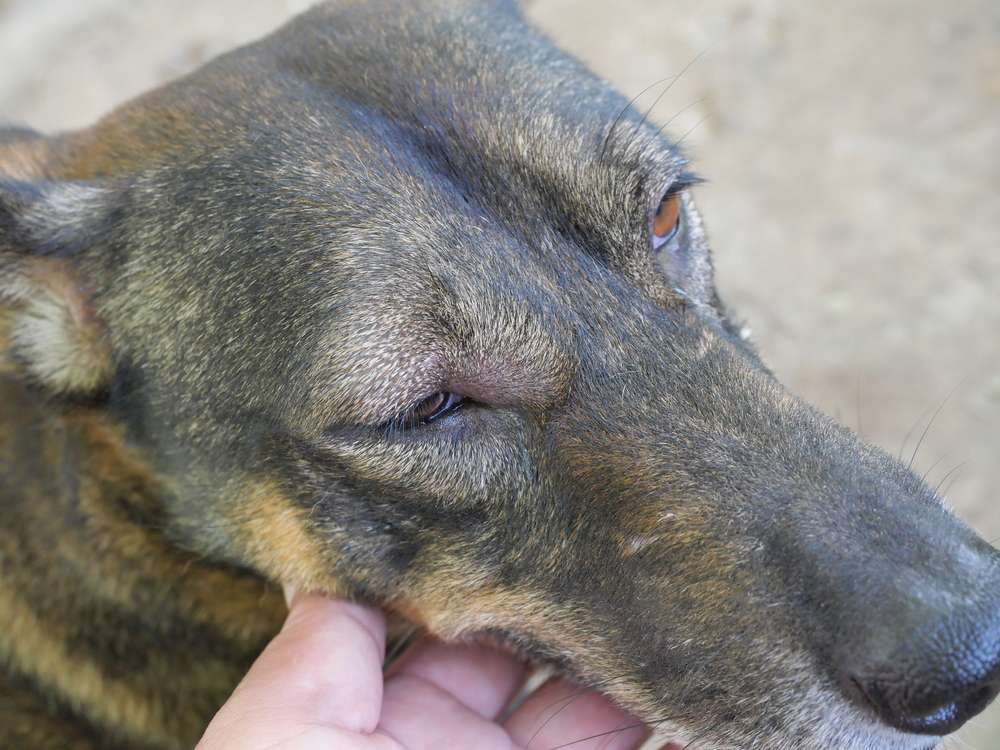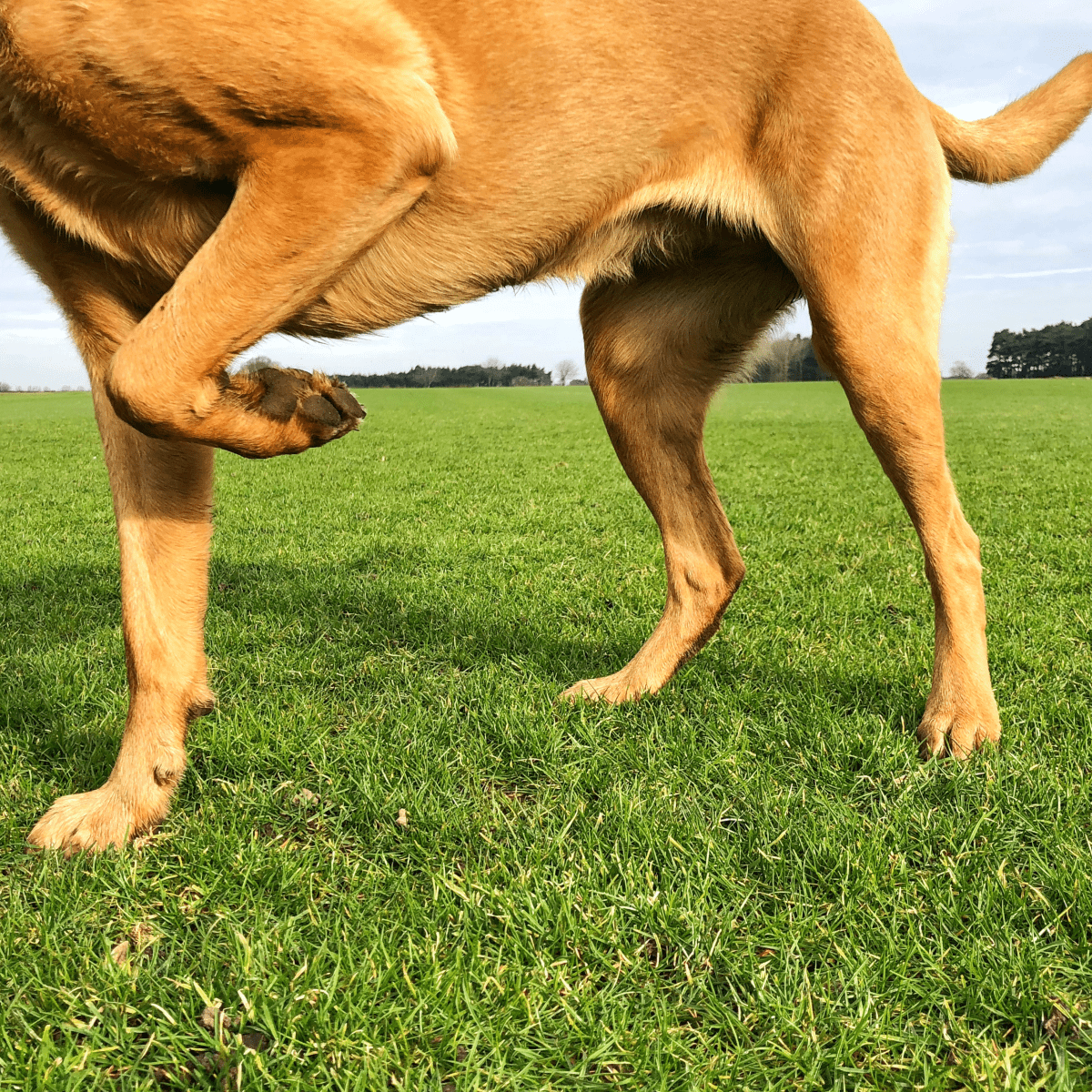Key Takeaways:
- Pulled muscles in dogs can occur due to sudden movements, overexertion, or trauma.
- Common symptoms of pulled muscles in dogs include limping, reluctance to move, and muscle stiffness.
- Rest and limited activity are crucial for the healing process of pulled muscles in dogs.
- Cold compresses and anti-inflammatory medications can help reduce pain and swelling associated with pulled muscles in dogs.
- If the symptoms persist or worsen, it is important to consult a veterinarian for proper diagnosis and treatment of pulled muscles in dogs.
Are you a dog owner who wants to ensure the health and well-being of your furry friend? If so, understanding the topic of pulled muscles in dogs is essential. Imagine being able to recognize the signs and symptoms of a pulled muscle, allowing you to provide immediate relief and prevent further injury. By delving into this subject, you will gain valuable knowledge that can help keep your canine companion happy and active. Did you know that up to 20% of dogs experience a pulled muscle at some point in their lives? With this alarming statistic in mind, it becomes clear just how important it is to educate ourselves on this topic. So, let's dive into the world of pulled muscles in dogs and discover how we can be proactive in caring for our four-legged friends. Together, we can ensure their comfort and vitality for years to come.
What is a pulled muscle in dogs and how does it happen?
A pulled muscle, also known as a muscle strain, occurs when there is damage to the fibers of a dog's muscle. This can happen when a dog overexerts itself or engages in sudden, strenuous movements. For example, if a dog jumps or runs too vigorously, it can put excessive strain on its muscles and cause them to stretch or tear.
When a dog pulls a muscle, it can be quite painful for them. Just like humans, dogs have muscles all over their bodies that allow them to move and perform various activities. These muscles are made up of tiny fibers that work together to help the dog move smoothly. When these fibers get damaged due to excessive force or stretching, it can result in a pulled muscle.
How does it happen?
There are several ways in which dogs can pull their muscles. Some common causes include:
1. Overexertion: Dogs that engage in intense physical activities without proper warm-up or conditioning may be more prone to pulling their muscles.
2. Sudden movements: Quick and jerky movements, such as jumping off furniture or chasing after toys, can put strain on the muscles.
3. Slippery surfaces: Dogs running on slippery surfaces like tiles or hardwood floors may lose their footing and end up straining their muscles.
4. Aging: Older dogs may have weaker muscles and are more susceptible to muscle strains.
It's important for pet owners to be aware of these factors and take precautions to prevent their dogs from experiencing muscle strains.
Preventive measures:
- Provide regular exercise sessions for your dog but ensure they are not too intense or sudden.
- Warm up your dog before engaging in any physically demanding activities.
- Use ramps or stairs for dogs with joint issues instead of making them jump onto elevated surfaces.
- Keep your dog's nails trimmed to prevent slipping on smooth surfaces.
- Consider using non-slip mats or rugs in areas where your dog spends a lot of time.
By taking these preventive measures, you can reduce the risk of your dog pulling a muscle and keep them happy and healthy.
Common signs and symptoms of a pulled muscle in dogs
Recognizing the signs
When your furry friend experiences a pulled muscle, they may exhibit certain signs and symptoms. One common indication is limping or favoring one leg over the others. You might notice that your dog is reluctant to put weight on the affected limb or has difficulty moving around. Another sign could be swelling or bruising around the injured area. Your dog may also show signs of pain when touched or when attempting certain movements. It's important to pay attention to any changes in their behavior or mobility, as these can provide valuable clues about a possible muscle strain.
Other possible symptoms
In addition to the visible signs mentioned above, there are other indicators that your dog may have pulled a muscle. They might display stiffness or have difficulty getting up from a lying position. Your pet may also exhibit decreased appetite, lethargy, or even vocalize their discomfort through whining or whimpering. Keep an eye out for any unusual behaviors that deviate from their normal routine, as these could be further indications of a pulled muscle.
Taking action promptly
If you notice any of these signs and suspect your dog has pulled a muscle, it's crucial to take action promptly. Ignoring the issue could lead to further complications and prolonged discomfort for your furry companion. By recognizing the symptoms early on, you can provide appropriate care and support for their recovery.
Helping your dog recover from a pulled muscle at home
Rest and restricted activity
One of the most important steps in helping your dog recover from a pulled muscle is ensuring they get plenty of rest. Limit their physical activity by confining them to a quiet area where they won't be tempted to run or jump excessively. Use baby gates or create a comfortable space with their bed, toys, and water nearby. This will allow the injured muscle to heal without further strain.
Applying cold compresses
To reduce swelling and alleviate pain, you can apply a cold compress to the affected area. Wrap an ice pack or a bag of frozen vegetables in a towel and gently press it against the muscle for 10-15 minutes at a time. Be sure to avoid direct contact between the ice pack and your dog's skin to prevent frostbite. Repeat this process several times throughout the day, but always give your furry friend breaks in between to prevent overcooling.
Administering prescribed medication
Your veterinarian may prescribe pain medication or anti-inflammatory drugs to help manage your dog's discomfort during their recovery. Follow their instructions carefully when administering these medications, ensuring you provide the correct dosage at the recommended intervals. If you have any concerns or questions about the medication, don't hesitate to reach out to your vet for clarification.
When to take your dog to the vet for a pulled muscle
If you suspect that your dog has pulled a muscle, it's essential to monitor their condition closely. While many cases can be managed at home with rest and care, there are situations where veterinary intervention is necessary.
Severe pain or inability to move
If your dog is experiencing severe pain or is unable to move at all, it's crucial to seek immediate veterinary attention. These could be signs of a more serious injury or underlying condition that requires professional evaluation and treatment.
Persistent symptoms after initial home care
If your dog's symptoms persist or worsen despite providing appropriate home care measures for several days, it's advisable to consult with your veterinarian. They can assess the situation more thoroughly and determine if additional treatment or diagnostic tests are necessary.
Unusual swelling, bruising, or open wounds
If you notice any unusual swelling, significant bruising, or open wounds around the affected area, it's best to have your dog examined by a vet. These symptoms could indicate a more severe injury that requires medical attention and potential intervention.
Can certain breeds or activities make dogs more prone to pulling muscles?
While any dog can potentially pull a muscle, certain factors can increase their susceptibility to this type of injury. Some breeds are more prone to muscle strains due to their body structure or genetic predispositions. Breeds with long backs and short legs, such as Dachshunds and Corgis, may be more susceptible to muscle pulls in their back or hind limbs. Additionally, dogs engaged in high-impact activities like agility training or intense exercise may have a higher risk of straining their muscles.
Breed-related risks
Breeds with deep chests, such as Great Danes and Boxers, are also more prone to pulling muscles due to their unique body shape. The deep chest puts strain on the muscles surrounding the ribcage and can lead to injuries if not properly conditioned or warmed up before physical activity.
Impact of activities
Certain activities that involve sudden bursts of acceleration or sharp turns can put excessive stress on a dog's muscles and increase the likelihood of strains. Dogs participating in sports like flyball or dock diving may be at higher risk due to the intense nature of these activities.
Preventive measures to reduce the risk of pulled muscles in dogs
Proper warm-up and cool-down exercises
Before engaging in any strenuous physical activity with your dog, it's crucial to warm them up properly. Start with gentle exercises like walking or slow jogging for a few minutes to gradually increase their heart rate and warm up their muscles. After the activity, allow for a cool-down period by gradually decreasing the intensity of exercise. This helps prevent sudden strain on the muscles and reduces the risk of injury.
Regular exercise and conditioning
Maintaining your dog's overall fitness through regular exercise can help strengthen their muscles and reduce the likelihood of strains. Regular walks, play sessions, and appropriate physical activities tailored to their breed and age can improve muscle tone and flexibility, making them less prone to injuries.
Avoiding excessive jumping or rough play
Limiting activities that involve excessive jumping or rough play can also help minimize the risk of pulled muscles. Discourage your dog from jumping off high surfaces or engaging in overly vigorous play that could strain their muscles. Instead, provide them with safer alternatives like puzzle toys or interactive games that stimulate their minds without putting unnecessary stress on their bodies.
Remember, while these preventive measures can significantly reduce the risk of pulled muscles in dogs, accidents can still happen. If you suspect any signs of a muscle strain or notice changes in your dog's behavior or mobility, it's always best to consult with a veterinarian for proper diagnosis and guidance.
In conclusion, pulled muscles in dogs can cause discomfort and limit their mobility. It is important to provide them with rest, gentle exercise, and proper care to help them recover quickly and prevent further injury.
How do you know if your dog has pulled a muscle?
Symptoms of muscle tears can include pain when the area is touched during a physical examination, difficulty walking or favoring a limb, swelling of the affected muscle, and visible bruising. Detecting these signs may be challenging if the tear is not severe.
How long does it take for a pulled muscle to heal for a dog?
Expect your pet to need a minimum of four to six weeks to recover. The process of recovery should be taken slowly. While the overall outlook is positive, it's possible that sporting or working dogs may not regain their previous level of ability.
When should I take my dog to the vet pulled muscle?
It is recommended to bring your dog to the veterinary clinic as soon as you observe any indication of a muscle strain. Without the evaluation of a veterinarian, it is impossible to determine if the injury is a strain, sprain, or fracture, some of which may necessitate surgical intervention.
Will a dogs pulled muscle heal itself?
Through rest and supportive care, partial tears have the potential to heal on their own by forming scar tissue. However, complete tears cannot heal back to their original state without intervention.
What will a vet do for a pulled muscle?
It usually takes about four to six weeks for a pulled muscle to fully heal. Surgery is typically only necessary in severe cases. Treatment options for this condition range from anti-inflammatory medications to resting in a crate. Veterinarians may also prescribe pain medication to aid in the healing process.
Can I give my dog ibuprofen for a pulled muscle?
It is not recommended to give your dog Tylenol or Ibuprofen.
















